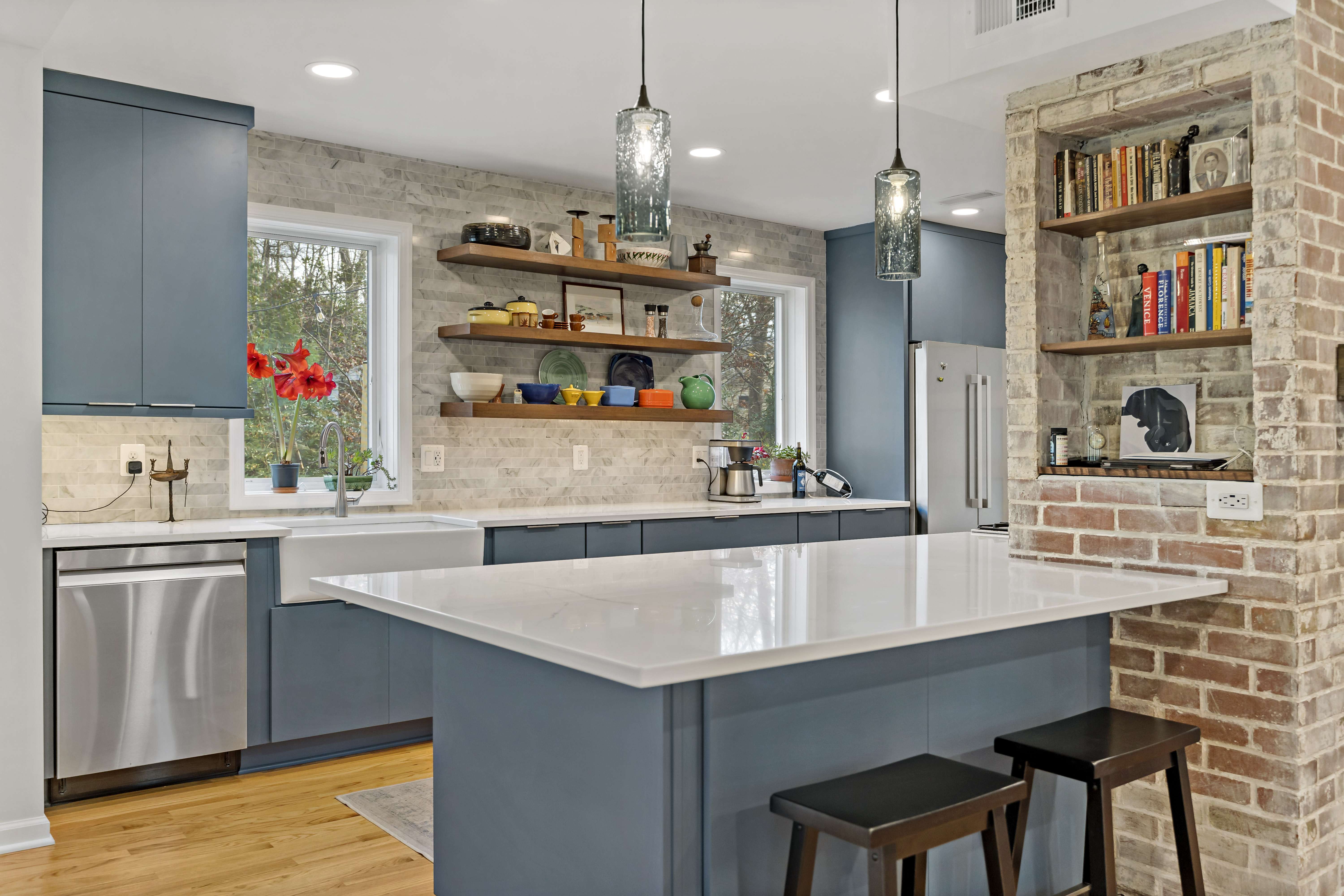
Unleash Your Inner Decorator: Budget Home Upgrades
Are you tired of your home's outdated look? Do you feel like your space needs a fresh new vibe but are concerned about the cost? Don't worry, you don't have to break the bank to give your home a makeover. With a little creativity and planning, you can unleash your inner decorator and transform your space on a budget. We'll explore the basics of home decoration, budgeting for your home upgrades, affordable upgrade ideas, the joys of DIY projects, and whether to hire professionals or take the DIY route. Get ready to revamp your home without draining your wallet!
Understanding the Basics of Home Decoration
Before diving into the exciting world of home upgrades, it's essential to understand the basics of home decoration. Not only will this knowledge guide your decision-making process, but it will also help you create a cohesive and aesthetically pleasing look throughout your home.
Home decoration is an art form that allows you to express your personality and create a space that reflects your style. It goes beyond simply placing furniture and hanging art on the walls. It involves careful planning, attention to detail, and a deep understanding of the key elements that make up a well-decorated home.
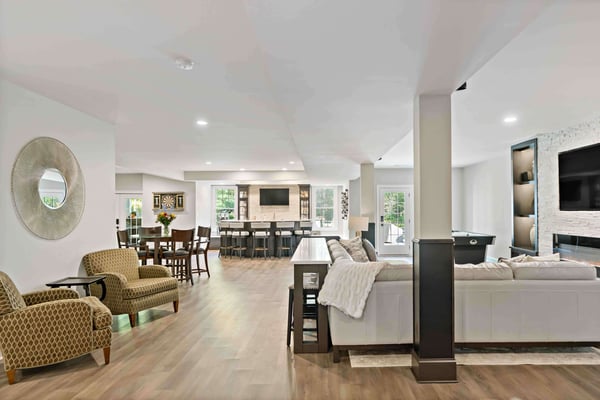
Importance of Planning in Home Decoration
Planning is a crucial step in any home decoration project. Take the time to assess your existing space, analyze your needs, and identify your personal style. Consider the functionality of each area and how you want it to make you feel. This planning stage will help you set clear goals and make informed decisions throughout the upgrade process.
During the planning phase, it's important to consider the architectural features of your home. Are there any unique elements that you want to highlight or incorporate into your design? Perhaps you have a beautiful fireplace that can serve as a focal point in your living room, or large windows that allow for plenty of natural light. By taking these features into account, you can create a design that enhances the existing beauty of your space.
Another aspect to consider during the planning stage is the flow of your home. How do you move from one room to another? Is there a logical progression, or do you find yourself constantly bumping into furniture or feeling cramped? By analyzing the flow of your home, you can make adjustments to furniture arrangement and layout to create a more functional and comfortable space.
Key Elements of Home Decor
When it comes to home decor, several key elements can significantly impact the overall look and feel of your space. These elements include color schemes, furniture arrangement, lighting, accessories, and textiles. Understanding how these elements work together will help you create harmony and balance in your home.
Color schemes play a vital role in setting the mood of a room. Warm colors like red and orange can create a cozy and inviting atmosphere, while cool colors like blue and green can evoke a sense of calmness and tranquility. By carefully selecting a color palette that complements your personal style and the function of each room, you can create a space that is visually pleasing and emotionally satisfying.
Furniture arrangement is another crucial element to consider. The way you position your furniture can greatly impact the functionality and flow of a room. It's important to strike a balance between creating a comfortable seating arrangement and leaving enough space for easy movement. Additionally, consider the scale and proportion of your furniture in relation to the size of the room to ensure a harmonious and visually appealing layout.
Lighting is often an overlooked aspect of home decor, but it can make a significant difference in the ambiance of a room. Natural light is always desirable, so consider ways to maximize the amount of sunlight that enters your home. Additionally, incorporate various types of lighting, such as overhead fixtures, task lighting, and accent lighting, to create layers of light that can be adjusted to suit different activities and moods.
Accessories and textiles are the finishing touches that can elevate the style of your home. From throw pillows and rugs to artwork and decorative objects, these elements add personality and visual interest to your space. Choose accessories and textiles that complement your color scheme and reflect your personal taste. Don't be afraid to mix patterns and textures to create a dynamic and visually appealing look.
By understanding the basics of home decoration and considering the importance of planning, as well as the key elements of home decor, you can embark on your home upgrade journey with confidence and create a space that is both beautiful and functional.
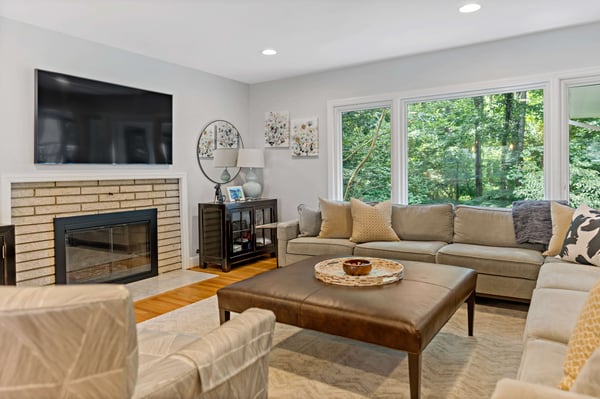
Budgeting for Your Home Upgrades
Now that you have a solid grasp of the basics, it's time to tackle the financial aspect of your home upgrades. Setting a budget is crucial to avoid overspending and ensure that you invest wisely in your project.
Setting Your Home Upgrade Budget
Begin by determining how much you can comfortably afford to spend on your home upgrades. Consider your financial situation, any existing savings, and any potential funds you may need to set aside for unexpected expenses. Be realistic about what you can achieve within your budget and remember that there are always affordable options available.
Prioritizing Your Home Upgrade Needs
Once you have determined your budget, it's time to prioritize your home upgrade needs. Identify the areas in your home that require the most attention or would have the most significant impact on your overall satisfaction. By focusing on your priorities, you can allocate your budget accordingly and make the most of your resources.
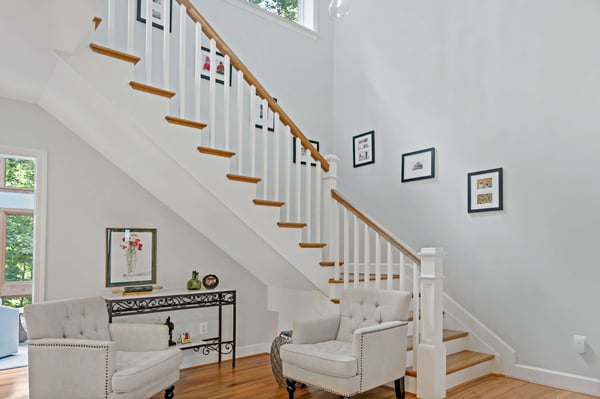
Affordable Home Upgrade Ideas
Now comes the fun part - exploring affordable home upgrade ideas that can transform your space without breaking the bank. Let's take a look at some ideas for different areas of your home.
Living Room Upgrade Ideas
Upgrading your living room can breathe new life into your home. Consider simple changes such as rearranging furniture to create a more functional layout, adding a fresh coat of paint to the walls, or getting creative with throw pillows and accessories to introduce pops of color and pattern.
Kitchen Upgrade Ideas
In the kitchen, small changes can make a big difference. Upgrade your cabinet hardware, replace your faucet, or install a tile backsplash for an instant facelift. You can also consider painting your cabinets or adding open shelving to showcase your dishes and create a sense of openness.
Bedroom Upgrade Ideas
Your bedroom should be a sanctuary and upgrading it can enhance your quality of sleep and relaxation. Repaint the walls in soothing tones, invest in quality bedding, and declutter your space for a clean and peaceful atmosphere. Add touches like wall art, a cozy rug, or soft lighting to elevate the overall ambiance.
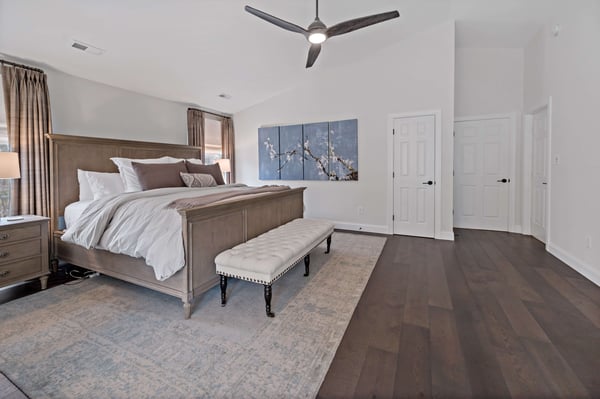
DIY Home Upgrades
If you enjoy getting your hands dirty and have a knack for DIY projects, there are countless opportunities for you to take on home upgrades yourself. Not only can this be a fulfilling experience, but it can also save you money.
Tools and Materials for DIY Upgrades
Before starting any DIY project, it's essential to have the right tools and materials. Depending on the specific task at hand, you may need basic tools such as a drill, hammer, screwdriver, and measuring tape. For materials, consider the type of upgrade you plan to tackle and research what you will need to complete it successfully.
Step-by-Step Guide to DIY Home Upgrades
When embarking on a DIY home upgrade, it's crucial to have a clear plan and follow step-by-step instructions. Take the time to research and gather all the necessary information and resources. Whether you are painting a room, installing new flooring, or building furniture, following a thorough guide will ensure successful results.
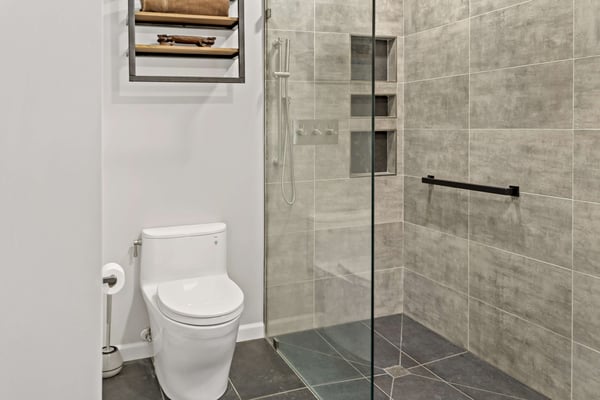
Hiring Professionals vs. DIY: Making the Right Choice
While DIY projects can be exciting and fulfilling, there are instances where hiring professionals may be the more practical choice. Consider the complexity of the task, your skill level, and the time and effort required for completion.
Pros and Cons of Hiring Professionals
One of the main advantages of hiring professionals is their expertise and experience. They can provide valuable advice, ensure high-quality workmanship, and potentially save you time. Choosing a design-build contractor could take care of both the design and construction of your project and alleviate the stress of researching for multiple subcontractors. However, hiring professionals can be costly and should be considered when planning your budget.
Pros and Cons of DIY Home Upgrades
On the other hand, taking the DIY route allows you to have complete creative control and potentially save money. It can be a gratifying experience and an opportunity to learn new skills. However, DIY projects can be time-consuming, require a lot of effort, and may have a steeper learning curve.
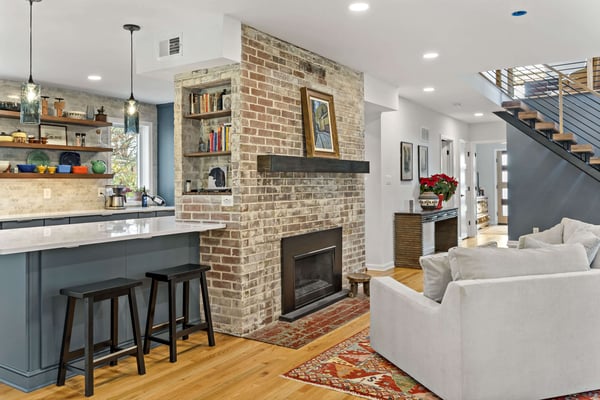
In conclusion, budget home upgrades don't have to be daunting or expensive. By understanding the basics of home decoration, budgeting wisely, exploring affordable upgrade ideas, considering DIY projects, and making informed decisions about hiring professionals, you can unleash your inner decorator and transform your space within your means. Remember, the key is to plan, prioritize, and get creative. Get ready to breathe new life into your home and create a space you love!
